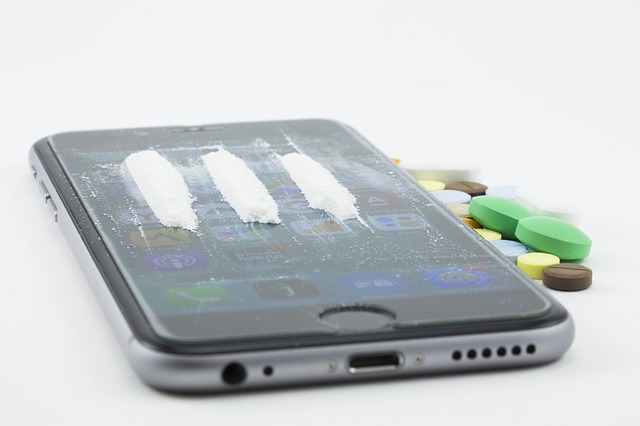In the late 1990s, heroin was a big problem in parts of the country. Now, it seems like history is repeating itself, as a new report from the Centers for Disease Control states that deaths from heroin overdoses in the United States have more than tripled in the last five years.
The rate of deadly drug overdoses has now overtaken suicide and car accidents in 2015 as a leading cause of death, the report continues, ABC News reports.
Researchers from the CDC looked at data from the National Vital Statistics System to get a visual on the effects of drug trends from 1999 to 2015. Since 1999, fatal drug overdose deaths rose sharply from 6.1 deaths per 100,000 people to 16.3 deaths per 100,000.
These numbers are far higher than suicide rates, which stand at 13.4 per 100,000 people, or the rate of car accident deaths, which is 11.1 per 100,000.
In 2015 alone, opioid overdoses killed over 33,000 people, more than any year on record, the CDC says, meaning an estimated 91 Americans die daily from a drug overdose. From 2000 to 2015, 500,000 people died across the nation as a result of the overdose epidemic.
All age groups were at risk for drug deaths. But despite concerns over teens and young adults being the most likely to abuse drugs, the hardest hit group proved to be those between their mid-40s and their 60s. In addition, people between the ages of 54 to 65 saw the highest increase in fatal drug overdoses in the same time period, the CDC says, from 4.2 deaths per 100,000 to 21.8 – a nearly five-fold rise.
Dr. Caleb Alexander, a co-director for the Johns Hopkins Center for Drug Safety and Effectiveness, says this report shows how alarming the opioid epidemic growth rate has become.
Each year I think it’s hard to imagine it getting much worse and yet last year we had the highest number of deaths on record.
He points out that the problem is persistent across all ages. “Sometimes there’s this perception that this is a problem of only teenagers or young adults and nothing could be further from the truth. Middle aged and elderly adults are also being affected by the epidemic.”
























